There are over 200 recognised breeds of chicken around the World but not all hens are equal in their laying ability so if you would like chickens for eggs, look at my top 10 laying hens below first. It is commonly accepted that all chickens decended from the Jungle Fowl. Pure breeds of chicken have been developed over many hundreds, even thousands of years from the Jungle Fowl (although science is still challenged by the Auraucana that lays blue eggs).
A Little History of Laying Hens
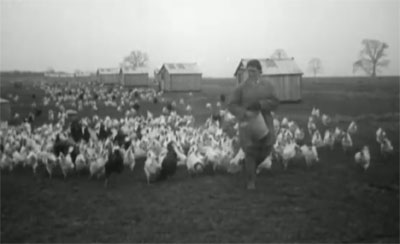 Before the First World War, ducks were the better egg layers and chicken breeds that layed 100 eggs or more per year were considered good layers. Most of the development of pure bred laying hens came after the Second World War when there were many laying trials and tests and it was common for breeders to ‘trap nest’ hens to record their individual output so that they could be used to produce further generations of laying hens.
Before the First World War, ducks were the better egg layers and chicken breeds that layed 100 eggs or more per year were considered good layers. Most of the development of pure bred laying hens came after the Second World War when there were many laying trials and tests and it was common for breeders to ‘trap nest’ hens to record their individual output so that they could be used to produce further generations of laying hens.
Development of the ‘Hybrid’
The developments with pure breeds were soon to be followed by hybrid (a cross of pure breeds) laying hens. There were millions of pounds spent during the 1950’s on creating hybrids that were not only capable of laying more eggs but also had a good feed conversion.
During this development, the parent flocks that created these hybrid layers were becoming a different ‘strain’ of their own because hens were selected for egg production rather than the way they looked.
Interestingly, duck eggs could have been on our breakfast table rather than chickens eggs… but they did not do well kept in confined conditions like chickens.
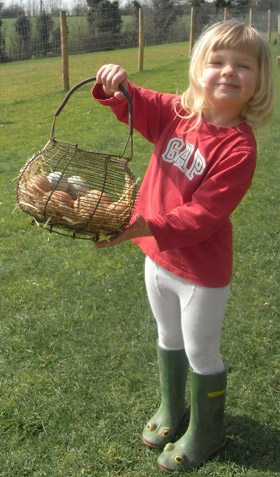 My Top 10 Chickens for Eggs
My Top 10 Chickens for Eggs
The following table lists my top 10 laying hens (a mixture of hybrids and pure breeds) and gives an estimate of the number of eggs they are capable of producing if kept in the right conditions.
Note that there are many different strains of hens from different breeders that will perform differently… egg numbers can vary on a number of other factors too, particularly with feeding and daylight levels.
Exhibition strains that have been closely bred are not usually selected for their egg laying performance. Try to purchase hens from a good ‘Utility Strain’. There are some breeders that advertise utility strains and the number of eggs they expect from their strain every year.
Hybrids are much more reliable at producing a given number of eggs and are bred mainly for this purpose.
1. Goldline (Hybrid)
The ultimate egg machine. This little commercial brown hen will lay up to 320 large brown eggs in her first year. They have a good feed ratio and are very similar to the birds used on farms to produce eggs for the consumer market. A very friendly bird that will be in your house if the door is left open!
2. White Leghorn (Pure Breed)
Small attractive birds with a good feed efficiency that lay up to 300 large white eggs in their first year. These are the standard commercial hen used in the U.S. for egg production (because white eggs are preferred). They can be quite flighty and can fly well so make sure they can be kept securely before you buy them or clip a wing to keep them on the ground.
3. Nera (Hybrid)
Hardy birds that are great foragers and layers of a good quality large brown egg. The Nera is a cross between a certain strains of Rhode Island Red and Barred Plymouth Rock, originating in Scotland. You can expect around 270 eggs in their first year.
4. Amber (Hybrid)
The Amber is a Rhode Island Red based hybrid that looks attractive and has very soft feathering. She is a fantastic layer of up to 300 medium eggs in her first year.
5. Speckledy (Hybrid)
The Speckledy is a flecked dark hen, a cross of a Rhode Island Red and Marans. She lays around 270 large dark brown eggs in her first year.
6. Rhode Island Red (Pure Breed)
The Rhode Island Red is a good layer of up to 220 large brown eggs in their first year. Be sure to get a utility strain though as these are a popular show bird.
7. Marans (Pure Breed)
Good layers of medium to large dark brown eggs. Copper Black Marans seem to be the best layers laying up to 200 eggs in a year. They are often good winter layers, with pullets coming into lay during January.
8. Light Sussex (Pure Breed)
Attractive birds that will reward you with up to 200 medium tinted eggs.
9. Araucana (Pure Breed)
Araucanas are very unique looking. They initially came from Chile in South America. The Araucana lays around 200 medium sized blue to bluish-green
10. Crested Cream Legbar (Pure Breed)
An attractive hen with a small crest that will lay up to 180 medium sized blue to bluish-green eggs that will add a little colour to your egg boxes.

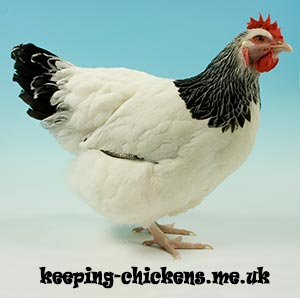

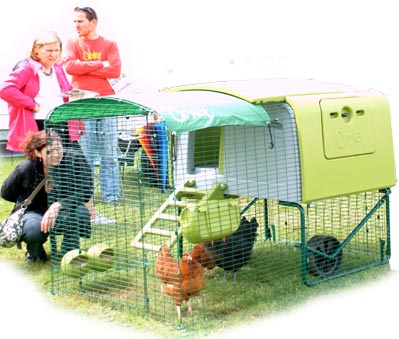
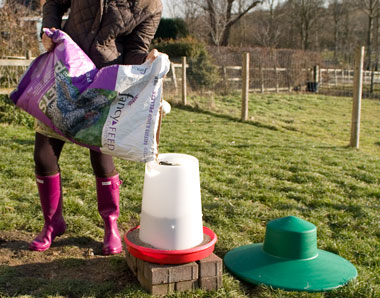

Hi am looking to incubate my first lot of eggs. My mother who lives in France in an area of similar weather conditions as us has Red star and White star chickens which have been laying since she got them even now she is getting 4 a day from her batch of four does anyone know where I can get some hatching eggs from these breeds or is there an equivalent and my friends are getting fed up with me not being able to supply them now
These are hybrid hens Graham (crosses between breeds) and they will usually lay well.
The first year, when a pullet comes into lay she will often start to lay in the Autumn (depending on when she was hatched) and then lay into or even over the Winter months. The second and subsequent years usually see hens stop laying but some hybrids lay so many eggs that they don’t stop for long (Bovans Goldline lay 300 or so eggs in their first year so that’s less than 2 months off!).
Hybrids such as this are attractive (and used commercially) for eggs but they normally don’t last as long as pure breeds and their eggs and shells deteriorate with age faster (it takes quite a lot of resources from a hens body to produce an egg per day).
We have 3 hens, one Rhode Island red and two hybrid. The Rhode Island is very healthy but has hardly laid any eggs in a year (bought as point of lay) and has been broody at least 3 times. None of the hens have laid now for about 3 weeks and they are all sleeping in the egg laying boxes and consequently these are soiled badly – what should we do to stop them sleeping in the nest boxes?
Shut them out – put small cardboard boxes or similar into the boxes in the evening so they can’t sleep in there. Spring is coming and in another month or so, we should all have lots of eggs 🙂
Even the sparrows lay in spring…
Have they got a couple of bars of wood about 2 feet above ground where they can roost overnight? Put a large plastic bag over the opening to the laying boxes at night so they cannot get in, to sleep. Hopefully the`ll then sleep on the perch. Ours cuddle up together to keep warm.
Hi, last year a couple of my girls went broody and I was not expecting it (lohmans) If they decide they want a brood this year I will source some hatching eggs but dont know what type of chicken to go for….I want a chook that lays a good quantity of eggs but that I can easily sex at hatching (sorry little boys!!!) Any ideas please
To sex them as day olds, you would want to either go for an autosexing breed such as the Cream Legbar (blue eggs!) or a cross that is sex-linked – eg Rhode Island Red cock on Light Sussex hens.
Hello, I have recently aquired a little hen – I think , a Goldline . She doesnt lay any eggs – we have had her about 3 weeks ( shes just a pet really, seems to get on with my girlfriends 8 bunnies ( yeah , I know ) Is there anything special we should be doing to get her producing some eggs. She kept crossing the main road to come and see us from the lad over the way who had a whole herd of hens and we didnt want her to get run over – so we kept her . Any suggestions – thanks , Brett 🙂
Flock…. Not herd 😉
It does depend on her age, whether she has just finished laying and the state of her health as well as her diet. The most common problem is insufficient protein in the diet or being overweight. My page on feeding chickens gives some guidance. As the Spring arrives, so chickens start to lay with the increase in daylight hours so I would expect her to come into lay very soon unless she has been forced by using artificial lighting to lay over the darker Winter nights.
Chickens are flock animals that have a pecking order and it isn’t kind keeping a single chicken on her own so I would consider getting a couple more for her.
i have two 17week old hens at what age will they start to lay. they are white star and blue belle
Give them a few more weeks and they should come into lay. It depends on the breed and how they are kept but generally 18-22 weeks is about the time chickens will lay eggs.
thank you ,looking forward to some lovely eggs . will let you how girls are doing